CFD Simulation Software
Computational Fluid Dynamics (CFD) Software is used to analyze designs of new products, affected by fluid flows. Using CFD software in early designs phases is especially useful as in these early stages. This is beacause usually only simple CAD data of a new product is available. Therefor by using CFD, it is possible to understand if the new product will perform as intended and create design iterations based on the results. Consequently the results can then be used to make informed decisions about the future development. As a result, surprises and redesigns in later development phases can be avoided.
Results of a CFD Simulation:
Successful CFD Simulations show a number of results. Among these are various visualization of the fluid flow, plots of forces or other monitored values over time and numerical values.
Typical numerical results from CFD simulations include:
Aerodynamic forces:
- Lift / Downforce
- Drag
- Moments
- Distribution of these forces
Mass or volume flows - Understand how much air (or other fluids) pass through a surface:
- Mass flow through radiator or heat exchanger
- Volume flow through a fan
- Averaged flow through certain inlets or outlets
- Flow through certain arbitrary areas of interest
From thermal CFD simulations:
- Min. and maximum temperatures
- Average temperatures
- Temperature of parts over time
Plots of monitored values:
- Forces over time
- Force development plot
- Monitored values
 Transient pressure flux from a CFD simulation of different intake port geometries. Not only the averaged value is of interest but also the fluctuations. Port B achieves the best performance.
Transient pressure flux from a CFD simulation of different intake port geometries. Not only the averaged value is of interest but also the fluctuations. Port B achieves the best performance.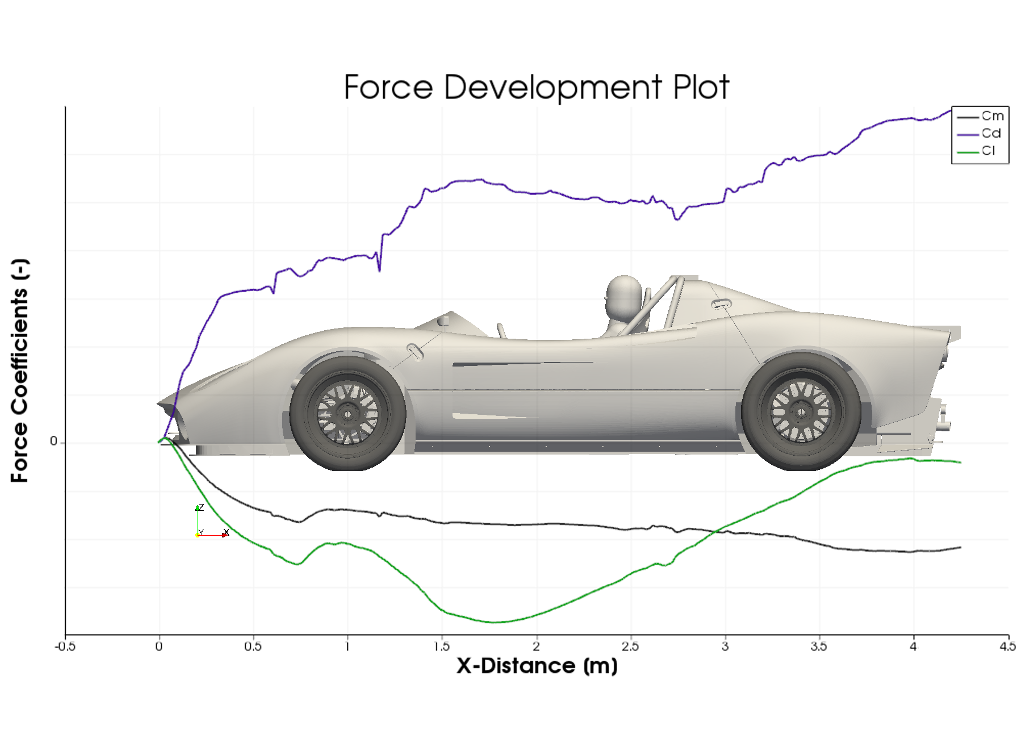 Force development of lift, drag and pitching moment on a sports car out of a CFD simulation.
Force development of lift, drag and pitching moment on a sports car out of a CFD simulation.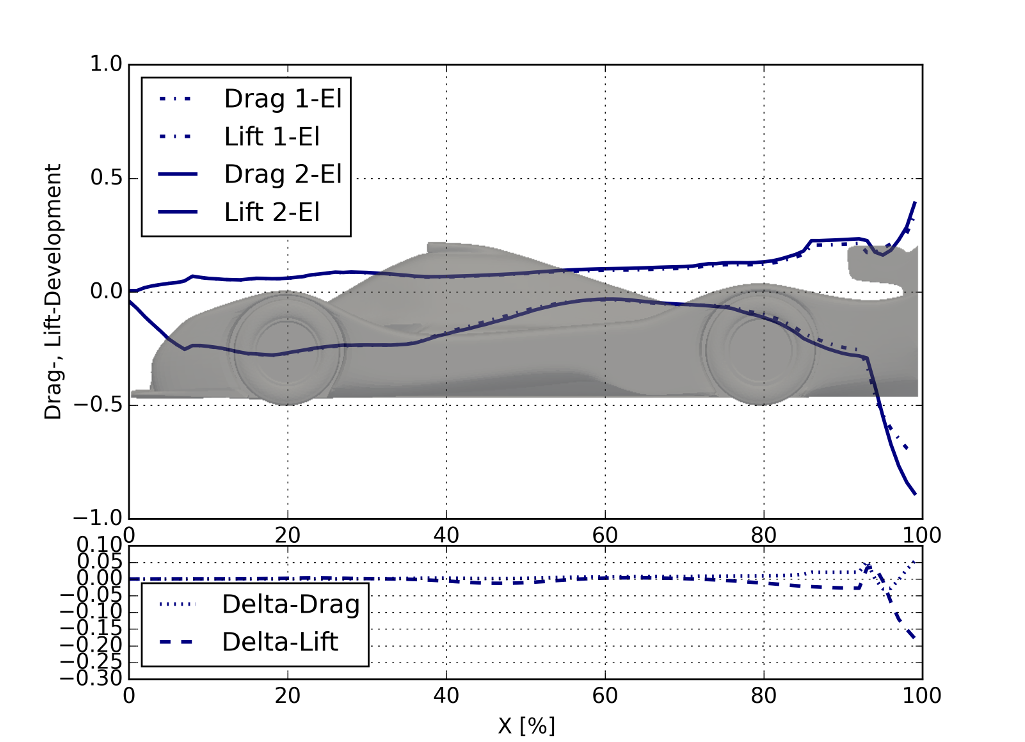 Force development plot from a CFD simulation on a race car with two different rear wing geometries.
Force development plot from a CFD simulation on a race car with two different rear wing geometries.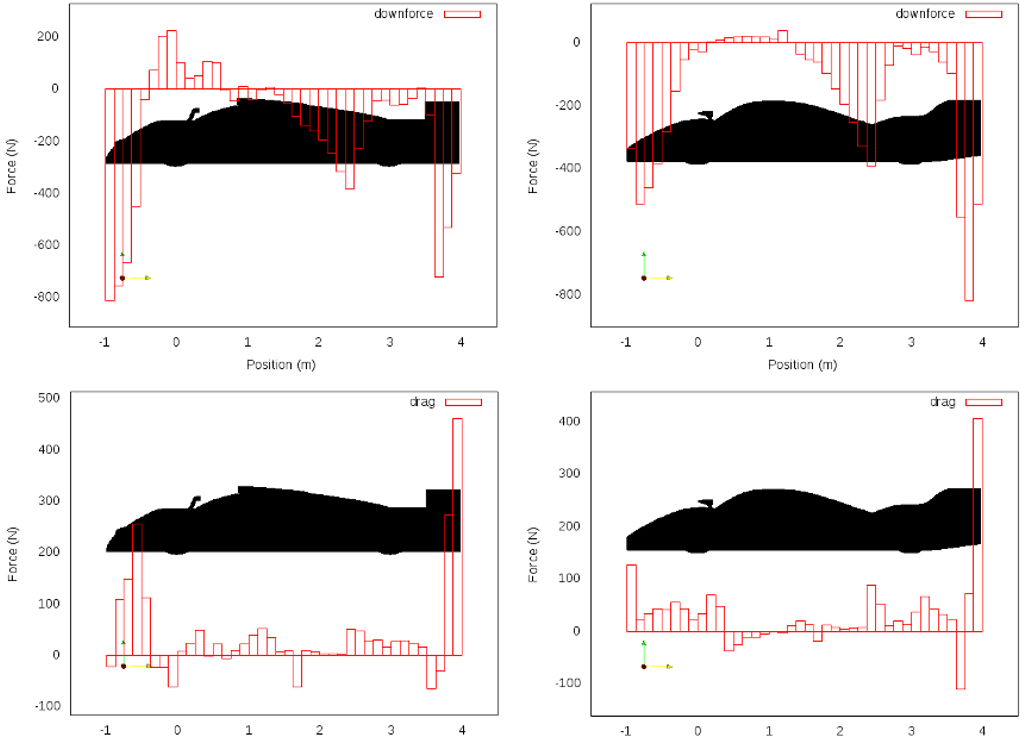 Lift and drag development from a CFD simulation on two different race car geometries.
Lift and drag development from a CFD simulation on two different race car geometries.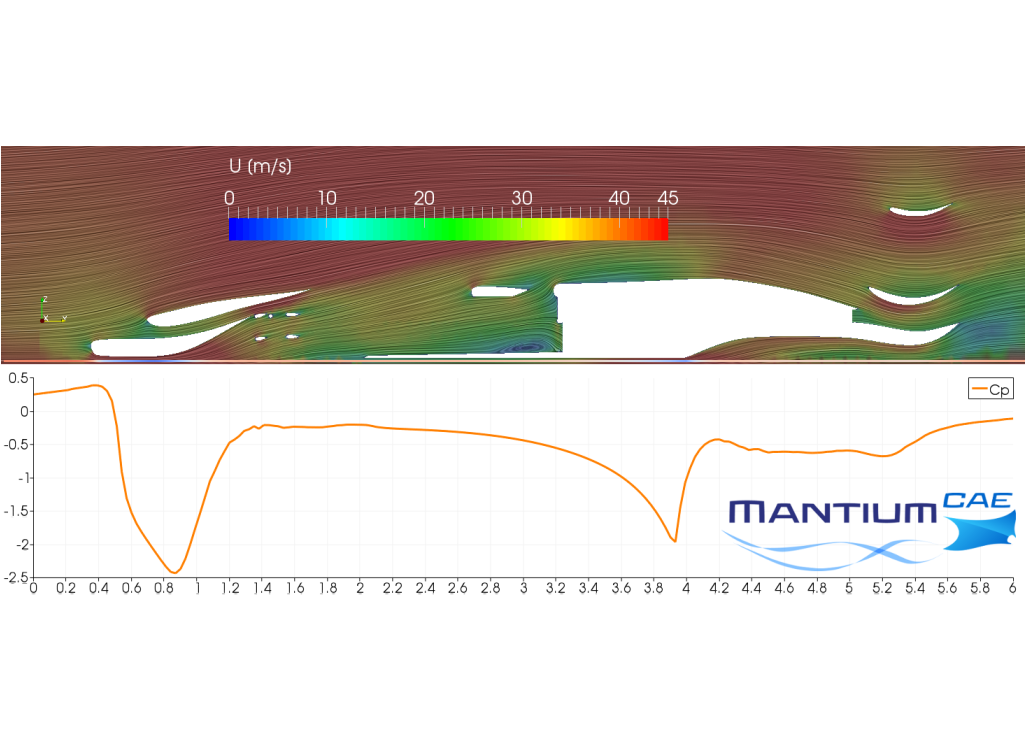 CFD simulation of a MVRC car, showing a combination of a flow field visualization with a plot.
CFD simulation of a MVRC car, showing a combination of a flow field visualization with a plot.
CFD Simulations allow great visualizations:
- Isosurfaces
- Streamlines
- Cuttingplanes
- Surface visualizations
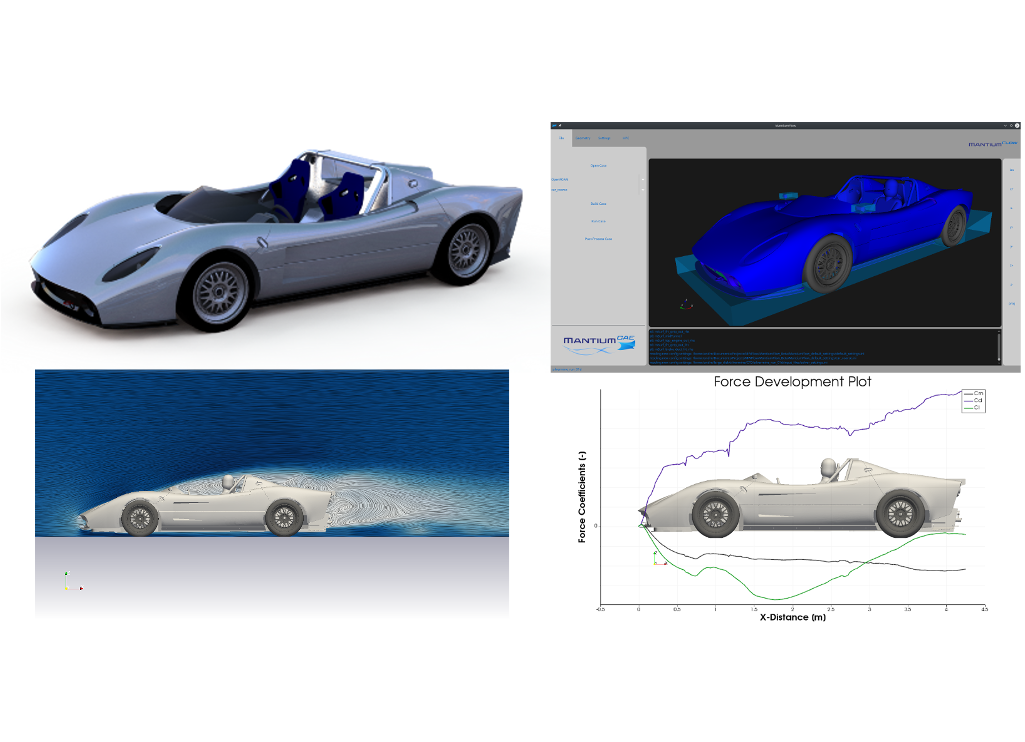 From CAD to CFD simulation using MantiumFlow.
From CAD to CFD simulation using MantiumFlow.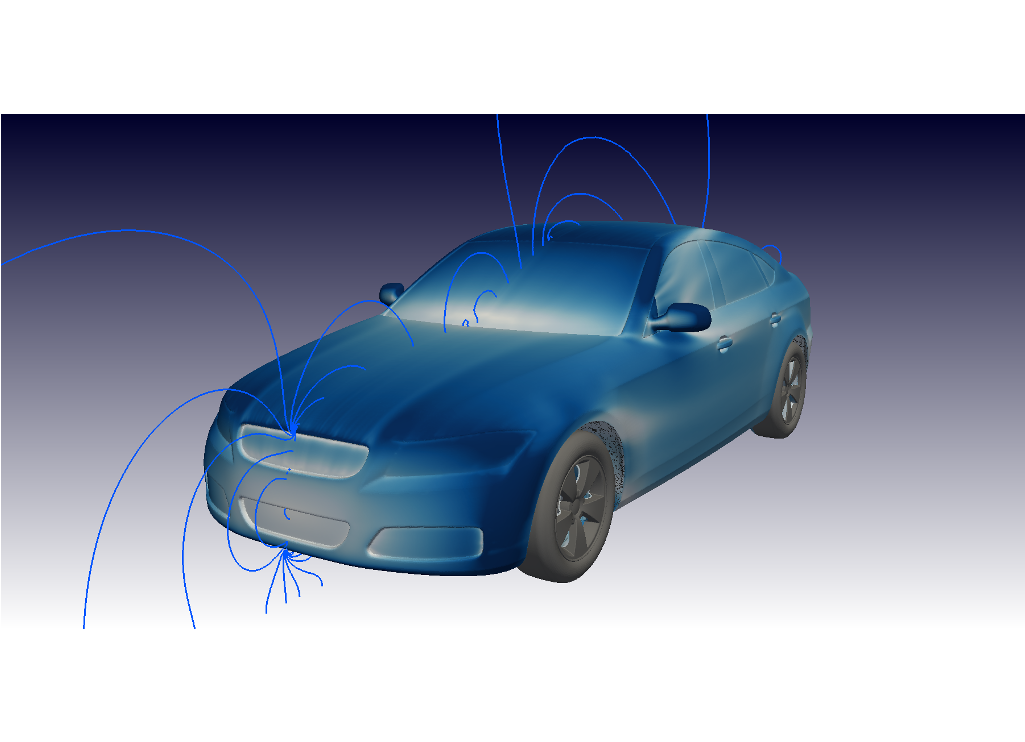 CFD simulation of the DrivAER model, showing the surface pressure and some pressure iso-lines.
CFD simulation of the DrivAER model, showing the surface pressure and some pressure iso-lines.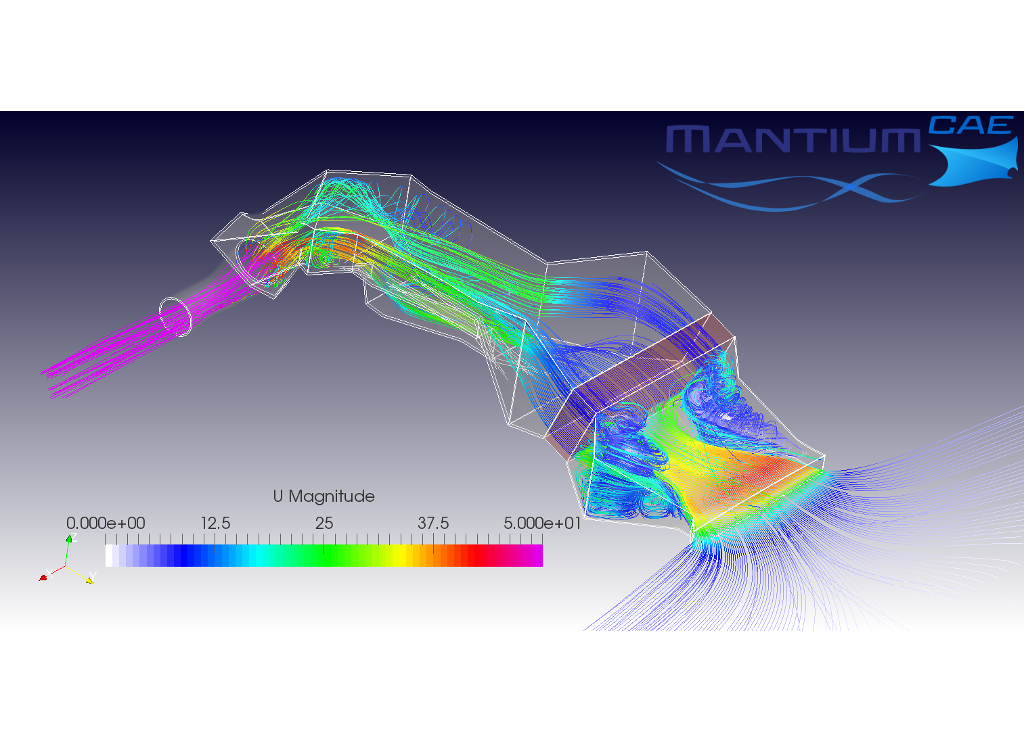 Air intake system (AIS), showing streamlines colored by velocity magnitude obtained through CFD.
Air intake system (AIS), showing streamlines colored by velocity magnitude obtained through CFD.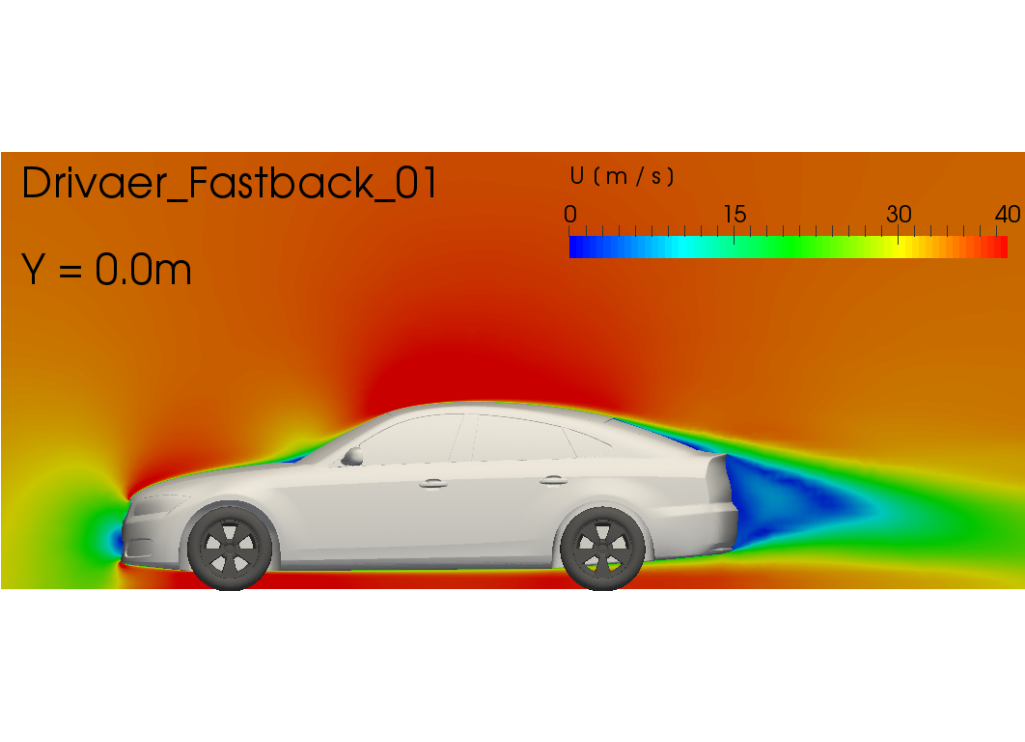 CFD simulation of the DrivAER modell, showing a Y-slice with the velocity magnitude.
CFD simulation of the DrivAER modell, showing a Y-slice with the velocity magnitude. Z-Slice from a CFD simulation of a sports car, showing the velocity magnitude.
Z-Slice from a CFD simulation of a sports car, showing the velocity magnitude.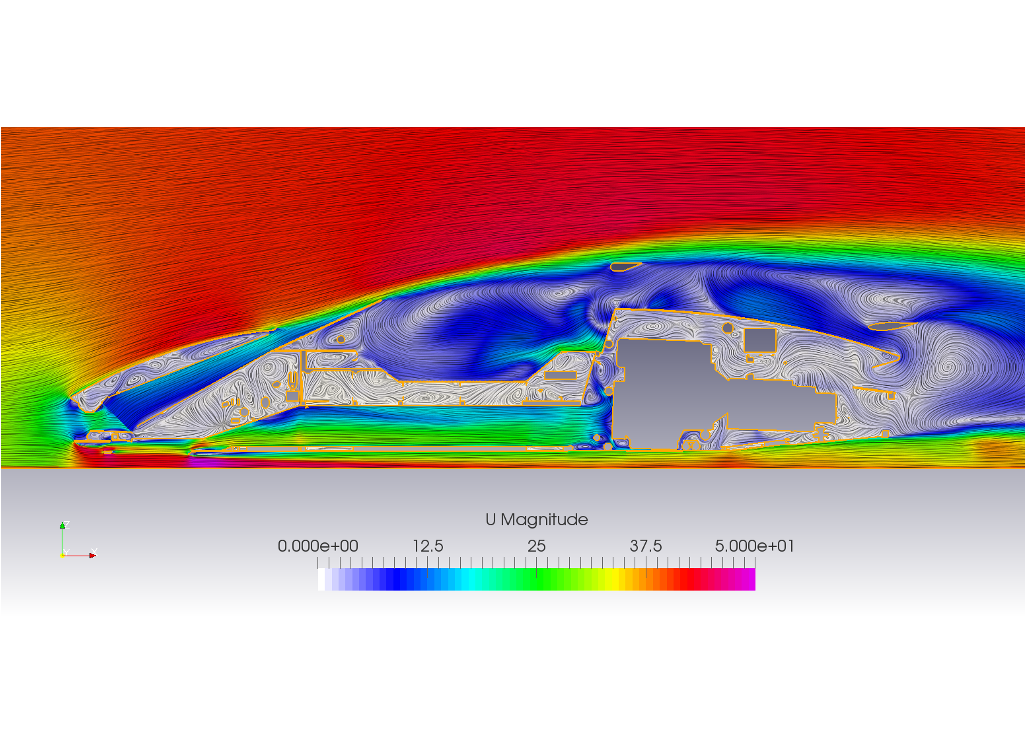 Y-Slice from a CFD simulation of a sports car, showing the velocity magnitude and directional information.
Y-Slice from a CFD simulation of a sports car, showing the velocity magnitude and directional information.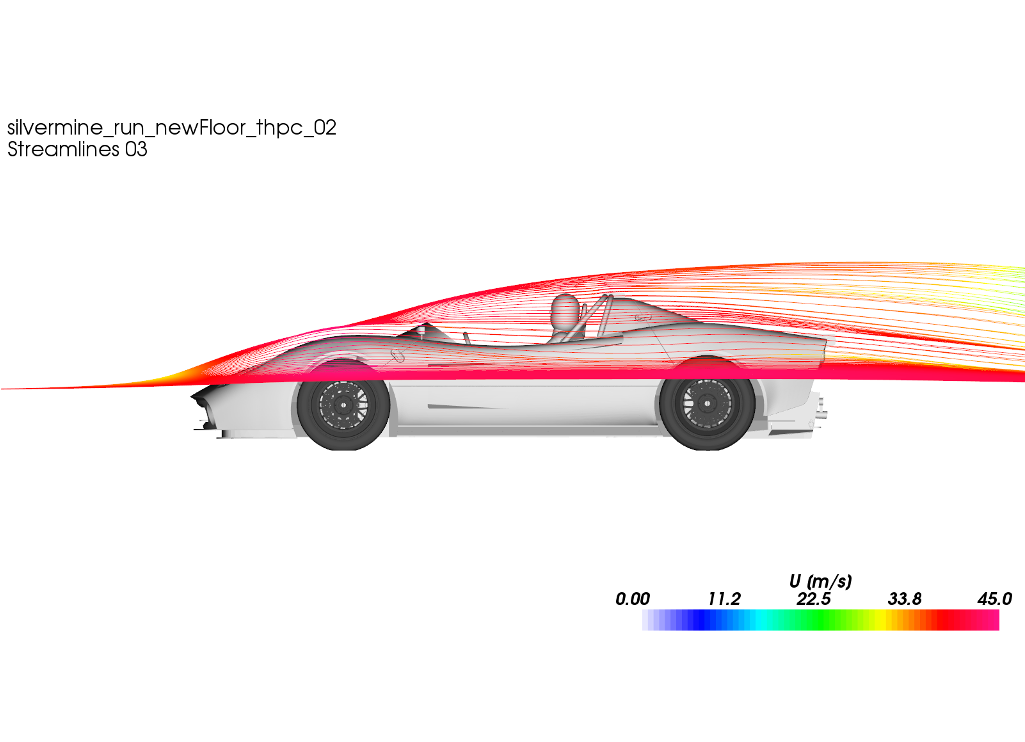 Streamlines from a CFD simulation on a sports car.
Streamlines from a CFD simulation on a sports car.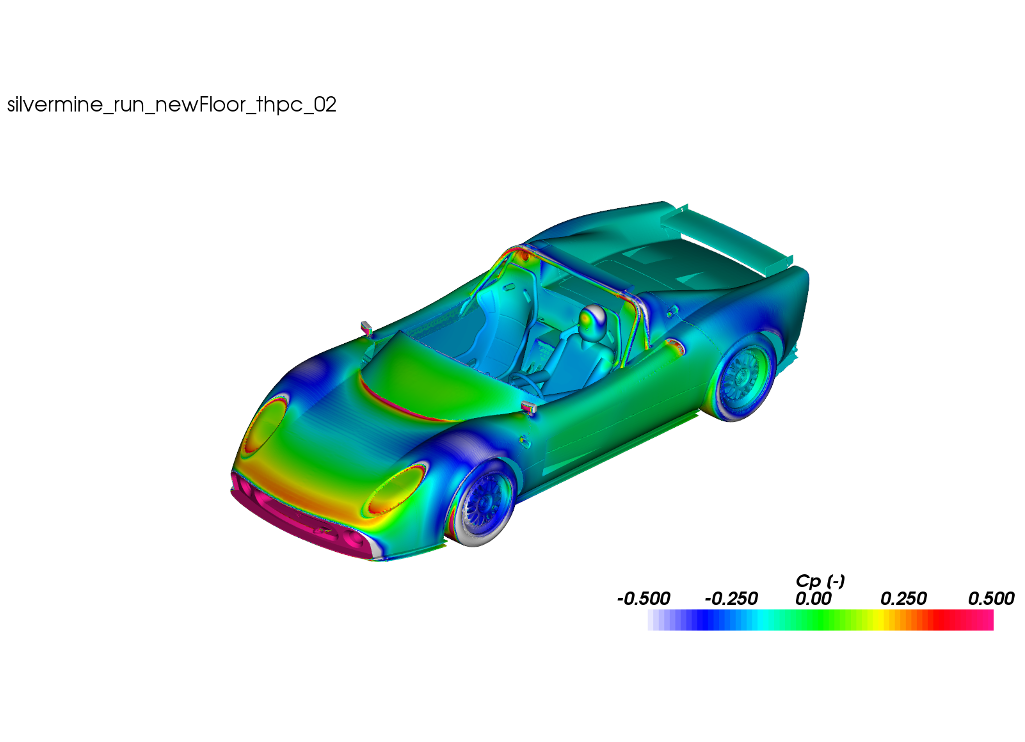 Pressure coefficient on the surfaces of a sports car.
Pressure coefficient on the surfaces of a sports car.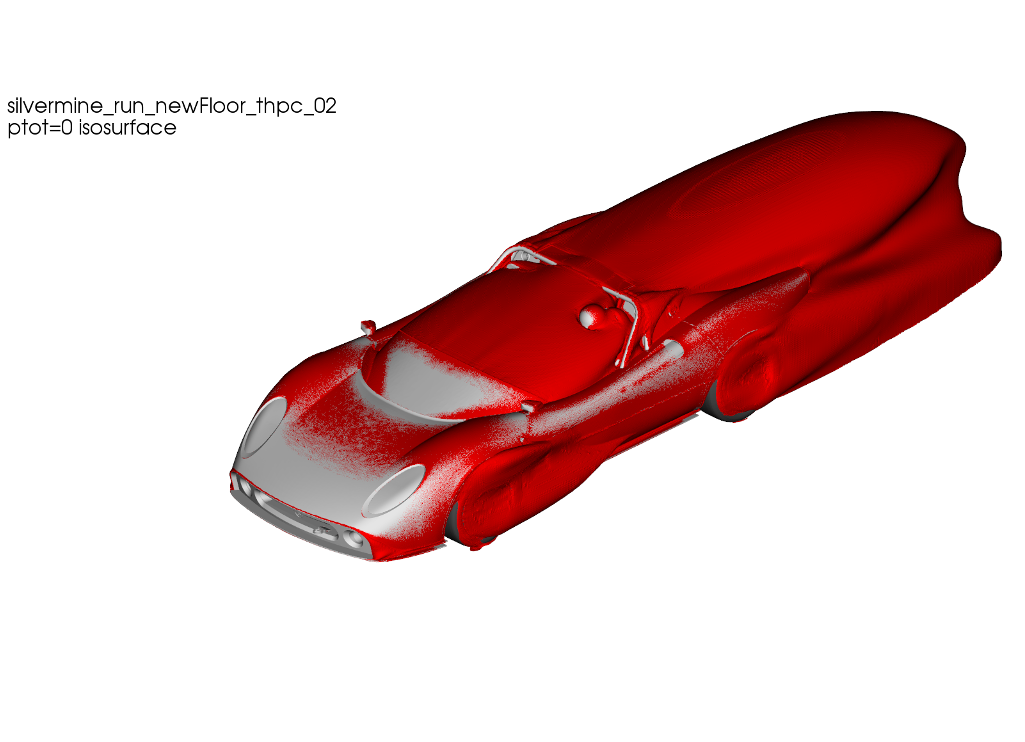 Total pressure iso-surface from a CFD simulation on a sports car.
Total pressure iso-surface from a CFD simulation on a sports car.
Free CFD Simulation Software
There are various stand-alone, commercial CFD solutions available, like Fluent® or CCM+®. In addition, there are more embedded systems available like Autodesk® CFD. On the other hand, there are also many free CFD software solutions available and many of them are open source. Therefore, these solutions usually do not need a license, they can be used unlimited, which is especially good when running DoEs or optimizations. Here is a short list of some free options:
CFD Software tutorials:
If OpenFOAM® is your CFD code of choice, you are in luck. There is now a great and growing sites available with many tutorials. In a addition, here is a short list of some other good tutorials:
Learn how CFD Software works and how to code it:
OpenFOAM® is an example of an open source CFD code which is fairly simple to code and modify existing solvers. However, a good knowledge of C++ is recommended though. Alternatively, a much simpler way to start with basic solvers and in Python is:
Provided by:
Barba, Lorena A., and Forsyth, Gilbert F. (2018). CFD Python: the 12 steps to Navier-Stokes equations. Journal of Open Source Education, 1(9), 21, https://doi.org/10.21105/jose.00021
Download Demo
If you want to try to run your own CFD simulation, just download the free demo of MantiumFlow: